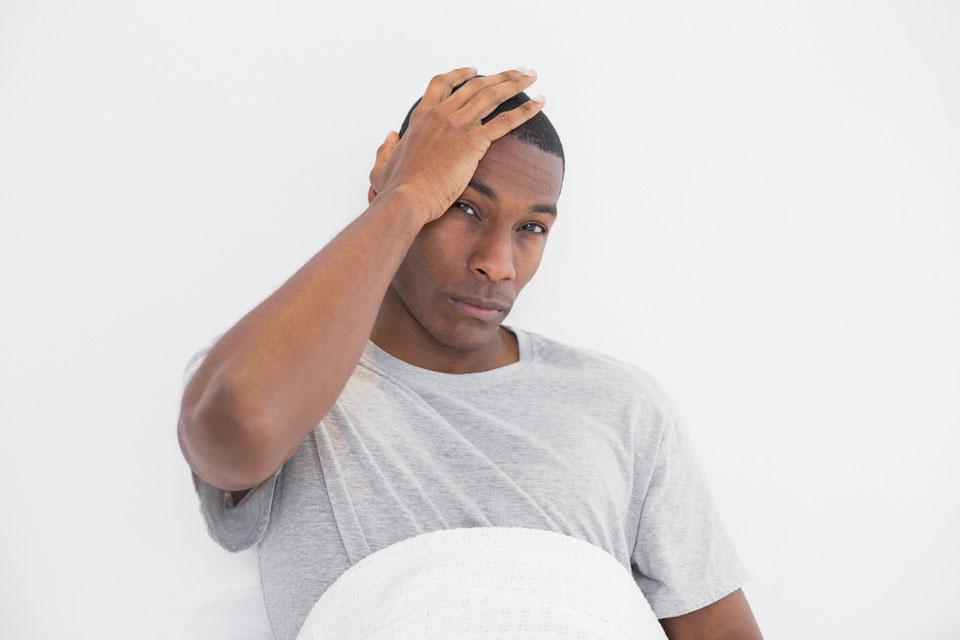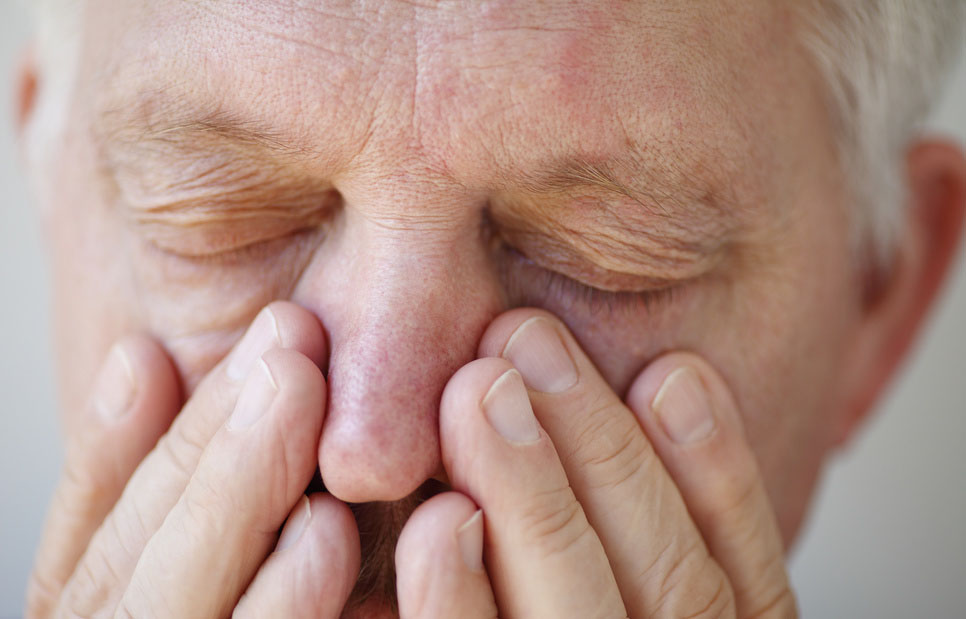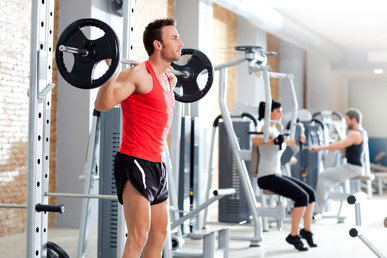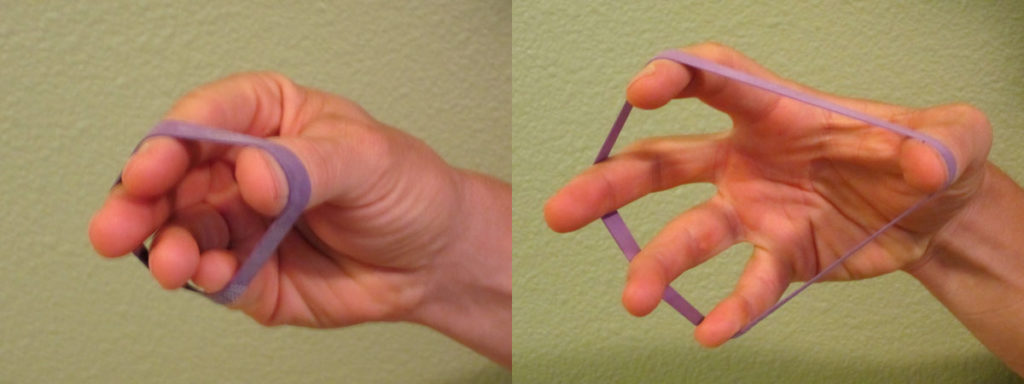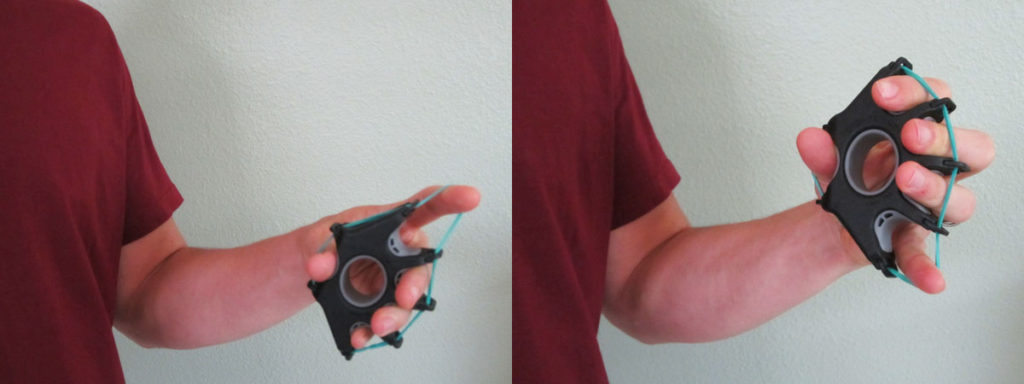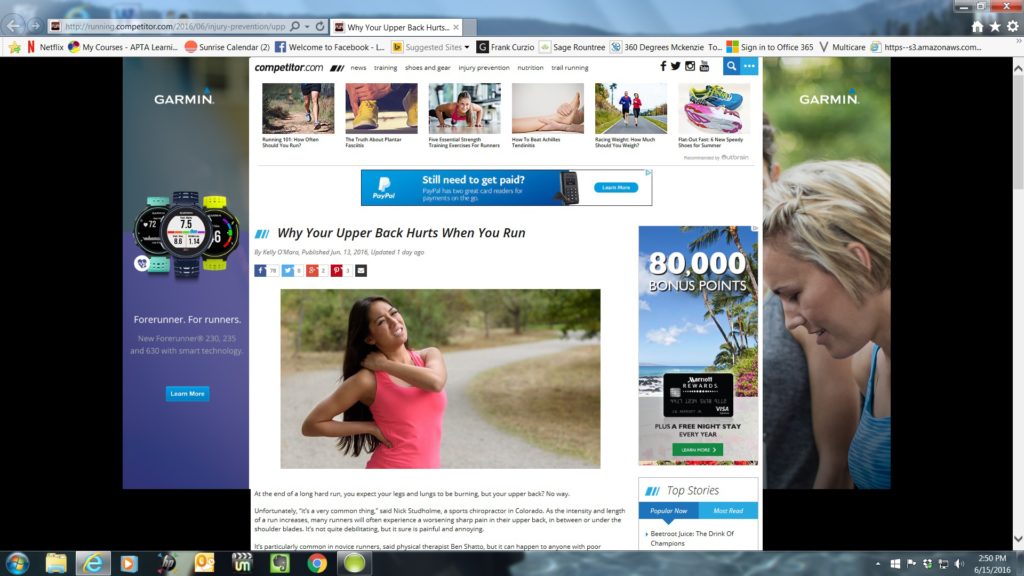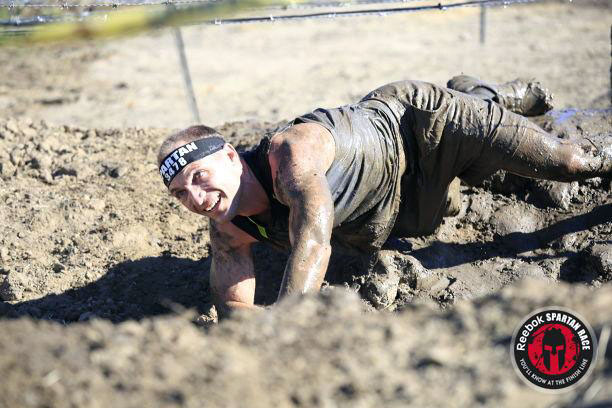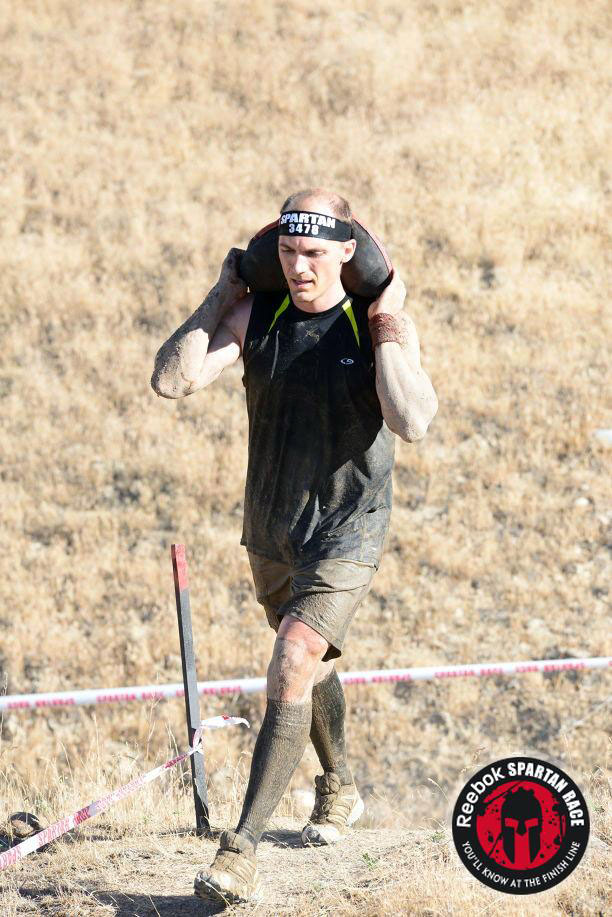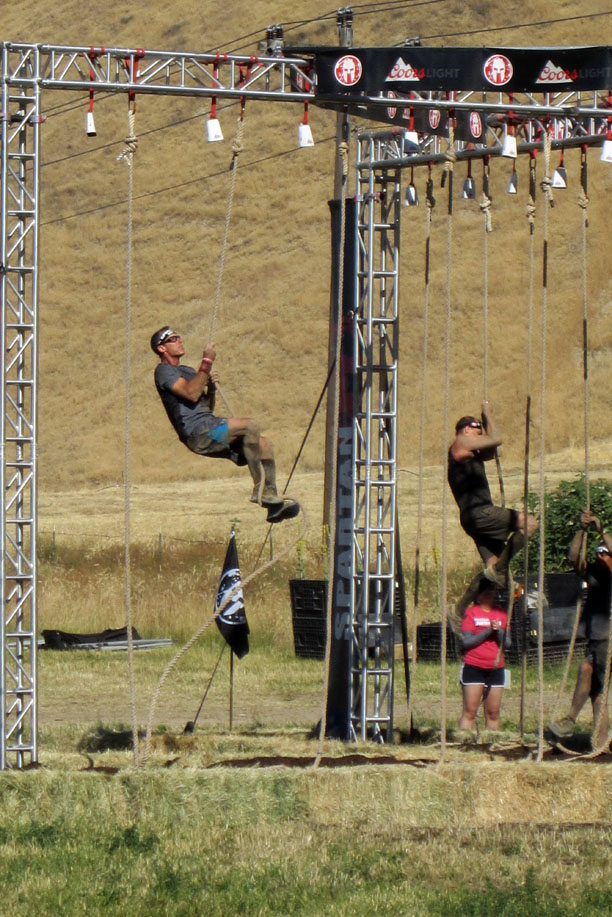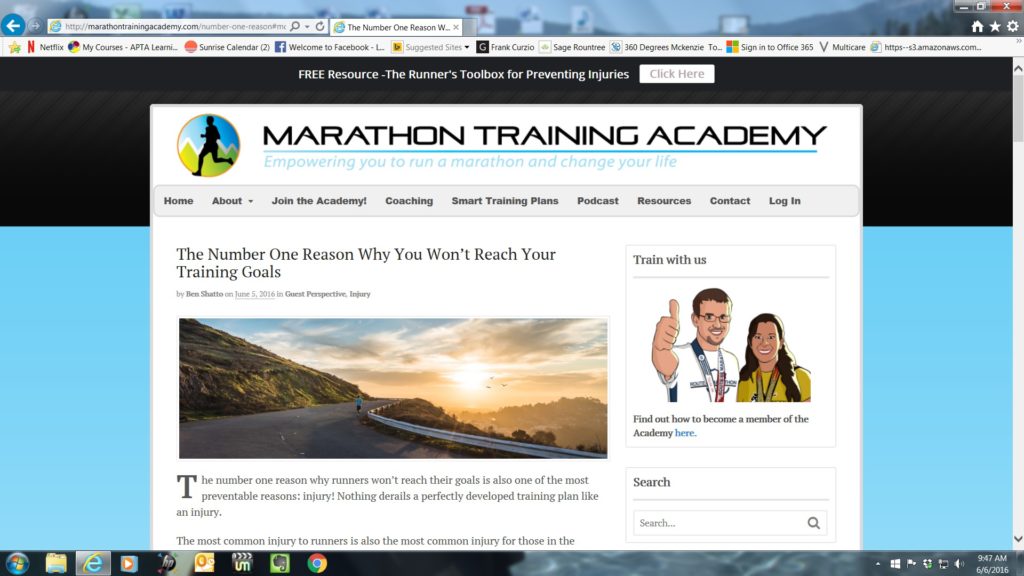Migraine pain is the second most common type of headache (with tension/cervicogenic type headaches being the most common). Up to 16-17% of the population complains of migraines. These headaches can be very debilitating. Migraine pain is often in combination with other forms of headaches. It can even be triggered by a tension headache or sinus headache. Migraines can also be caused by menstruation or hormonal imbalances.

Migraine headaches are just one of many types of headaches. Migraines sufferers are more common in women. Certain statistics conclude that women are up to three times more likely to have migraine type symptoms. Presently, the exact causes of migraines are not well understood. Migraines are often associated with a trigger, but you can have one or multiple triggers.
Migraines also have a genetic component. If you have a parent or sibling who experiences migraines, you will have a higher likelihood of developing them as well. It’s also not entirely known if the familial component to migraines is due to something anatomical in regard to brain or other physiological factors or if the predisposition is based on the living environment or other factors that could be causing the trigger.
There are two categories of migraines. Episodic is when you experience 14 or less days with a headache. Chronic is when you have 15 or more headaches per month.
The Four Phases of Migraine Pain:
Although symptoms of a migraine will differ for everyone, symptoms tend to progress through the following four major phases.
Prodromal Phase
This is the pre-headache phase that can occur hours or up to a day in advance. Initial symptoms and patterns can be found up to one to two days prior to the actual migraine. Typical symptoms may include: excessive energy or excitability; possible depression; overly fatigued; irritable; thirsty; frequent urination; and cravings for specific foods.
Aura Phase
Not everyone experiences this phase. Approximately one in five people will describe feelings of an aura (a visual disturbance) which can include any change in vision from experiencing blind spots, hallucinations, and different arcs of light. Other associated symptoms include a pins and needles feeling which can be felt in your face or other areas of your body. You may experience changes in speech. Many of the initial symptoms can mimic symptoms of a stroke. (Please refer to signs of a CVA).
Attack Phase
This phase occurs when the pain starts to develop, and it can last hours to days. Most typically it will be behind your eyes and will affect one or both sides of your head. Symptoms include: throbbing pain on one side of your head (although pain can be present on both sides); pain behind your eyes; difficulty performing typical activities; pain that worsens with activity or heat; nausea; vomiting; and sensitivities to light, noise, and smells.
Postdromal Phase
This is the phase after the migraine has ended, but some symptoms linger which can last for hours or up to a day or so. Symptoms include: fatigue; sluggishness; lack of mental sharpness; and intermittent pain (particularly, if you move too much or rapidly).
How to Manage Migraine Headaches:
Typical medical management of migraine headaches starts with a diagnosis from a medical doctor. Your doctor may refer you to a neurologist or specialist for treatment and/or diagnosis. A thorough examination should be completed. A CT Scan or MRI may also be performed to check for other more serious pathology in the brain.
Medications are often prescribed and are categorized the following two groups:
- Acute Medications. These medications are taken after the migraine pain and symptoms have already begun. These may include both over the counter (OTC) or prescription medications (including opioids or NSAIDS, such as Ibuprofen or Naproxen or even stronger anti-inflammatory medications).
- Preventive Medications. The medications are typically taken hours to days prior to the migraine pain and symptoms. Such medications are prescription based. A common family of medications used is known as Triptans. These medications are only for treating migraine headaches and are meant to be taken immediately upon the first sign of one. They cause the brain to release more serotonin. This causes the blood vessels in your brain to narrow and reduce swelling which helps to control symptoms. These medications are often prescribed with other pain medication and/or anti-nausea medications. The following is a partial list of Triptans:
- eletriptan (Relpax®)
- frovatriptan (Frova®)
- naratriptan (Amerge®)
- rizatriptan (Maxalt®)
- sumatriptan (Imitrex®, Alsuma®, Onzetra™, Sumavel™, Zecurity®)
- zolmitriptan (Zomig®)
In the initial phase of treatment, it’s imperative to have an accurate account of the symptoms, type of pain, and suspected triggers. This will be an important first step in guiding treatment as in almost all cases successful treatment will be multifocal.
Initially, I always recommend that you start a thorough headache log or diary. Don’t perseverate over every little detail of your headaches, but you need an accurate account of frequency and triggers.
Often, triggers can occur from hours up to a day in advance. Log each of your activities and meals for up to a month. Look for patterns. Try to establish patterns to the headaches. When do they occur? Do certain foods trigger the headache? Which activities will cause a headache? What makes the symptoms better or worse? Are they associated with certain movement patterns, activities or even certain times of the day or month?
Be thorough about what occurred prior to the headache and which treatments helped the most to resolve the headache. Once you have completed a thorough headache log, the treatment will focus on the following two major categories: prevention and the actual treatment of symptoms.
Prevention for Migraine Headaches:
- Exercise. It’s well documented that mild to moderate intensity exercise can help to reduce or eliminate headache symptoms. The reason why it’s so effective isn’t entirely known. It may be because of the endorphin released during exercise, changes in blood flow to the brain, stress reduction, improvement in strength, and/or changes in hormonal regulation patterns. Regardless, regular exercise is a must. Find what works for you, and stick with it.
- Yoga and other forms of similar exercise such as Chi Gong and Tai Chi are all excellent forms of exercise and can help to reduce stress levels which can affect migraine pain.
- Meditate. Regular meditation or prayer can reduce stress and lower the frequency of headaches. Deep breathing can be a form of meditation. I often perform what is known as box breathing. I breathe in for four seconds, hold the air for four seconds, and breathe out for four seconds. Then I wait four seconds prior to breathing again. Repeat this for several minutes and focus only on your breathing.
- Magnesium. A deficiency in magnesium is often associated with headache symptoms. Most people are deficient in the amount of magnesium they consume on a regular basis. You can take Mag Glycinate in pill form or by eating foods higher in magnesium such as spinach, artichokes, and dates.
- Vitamin B2 (also known as Riboflavin). A deficiency in B2 can be associated with migraine symptoms. Supplementation has been proven to reduce the frequency of migraine headaches. B2 is important in the production of red blood cells and plays a role in how your body gets energy from carbohydrates, fats, and proteins.
- Butterbur. This is an herb that is known to relieve muscle spasms and works as an anti-inflammatory.
- Adequate Sleep. Proper sleep is critical. Poor quality sleep, including too much or too little of sleep, has been identified as a trigger for migraine headaches. Focus on getting a good quality of seven to nine hours of sleep nightly. To learn how to maximize your sleep, please refer to Michael Hyatt’s nighttime rituals.
- Stay Hydrated. Dehydration can cause migraine pain. Dehydration can also affect sinus symptoms. Sinus pain can also be a trigger for migraine pain.
- Manage your triggers. Common triggers include: loud noises, bright lights, dehydration, strong or specific odors, and high altitudes. Other triggers may be consuming red wine, aged meats or cheese, dairy products, and gluten. Addressing food triggers is a critical step in treatment. I recommend that you take an IgG food sensitivity test. IgG is an immunoglobulin antibody found in the body. This test can help to determine if certain foods are causing your body to react in a negative way. Addressing any sensitivities and possible gut or gastrointestinal issues can be very helpful in treating migraine headaches. This step is often overlooked, although it may be one of the most important. Please seek assistance from a functional medicine doctor who specializes in headaches and gastrointestinal issues if your migraine symptoms are correlated with any food triggers.
- Eliminate caffeine. This can be very tough because caffeine tends to be helpful in reducing initial symptoms. Chronic caffeine use (particularly in headache suffers) is known to cause rebound headaches (another sub classification of headaches). Rebound headaches occur when the same substance that helps to reduce symptoms will also cause the next headache to happen. Eliminating caffeine initially is difficult as it may trigger another headache. However, long term elimination of caffeine from your diet can be very effective in preventing migraine pain. Just watch out for over the counter (OTC) medications that contain caffeine as an active ingredient.
How to Treat when you’re experiencing a Migraine Headache:
- Ice. Try using an ice pack either on the forehead, scalp or neck, and/or directly over the area with the worst symptoms. The rule for icing is to apply ice no more than twenty minutes per hour. Do not place the ice directly against the skin, especially if you are using a gel style Cold Pack. A bag of frozen peas can be ideal.
- Caffeine. Although caffeine ultimately causes more harm than good for headache sufferers, it can be used in the short term to help to reduce symptoms.
- Find a dark quiet area where you can rest, use a cold compress, and possibly perform meditation or box breathing.
- Hydrate. Be sure you are properly hydrated as dehydration will make symptoms worse.
- Do not exercise. Exercise is not advised during an actual migraine headache. However, it’s highly encouraged as a prevention method.
- Medications. Be sure to use the medications properly as prescribed by your medical physician. The ultimate goal is to prevent headaches and lessen the dependency of medication use. During an actual migraine, the goal is to feel better fast so that you can work on these prevention techniques. Use the medications as a tool to help you progress through your treatment plan.
Migraine pain is a difficult to deal with and to treat. In almost all cases, successful treatment and management will be a multifactorial approach and differs for everyone. It’s important to hear from others on what works to help treat or prevent migraine pain, but don’t be discouraged if his/her treatment doesn’t work for you. Your goal is to devise a custom treatment plan that will work for YOU. Each person may progress differently, but many of the approaches are similar.
Be sure to work with medical professionals who you can talk to and trust in order to create a treatment plan. The focus of treatment should be on prevention and discovering what triggers your migraine headaches. Ideally, you will be able to reduce and/or eliminate the symptoms while optimizing your health. Medications should be thought of as short term tools to help you as you come up with a long term solution.
If you suffer from migraine headaches, which treatments have worked the best for you? Please share below.
If you have a question that you would like featured in an upcoming blog post, please comment below or submit your question to contact@thePhysicalTherapyAdvisor.com. Be sure to join our growing community on Facebook by liking The Physical Therapy Advisor!
Disclaimer: The Physical Therapy Advisor blog is for general informational purposes only and does not constitute the practice of medicine or other professional health care services, including the giving of medical advice. No health care provider/patient relationship is formed. The use of information on this blog or materials linked from this blog is at your own risk. The content of this blog is not intended to be a substitute for professional medical advice, diagnosis, or treatment. Do not disregard, or delay in obtaining, medical advice for any medical condition you may have. Please seek the assistance of your health care professionals for any such conditions.

